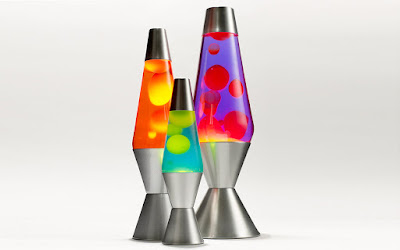COLOURING
This is a fun, simple and inexpensive activity that helps children to develop cognitively, psychologically and creatively. It is truly an amazing experience watch children develop as they grow!
(Start children colouring from young)
Most children love to colour and as it turns out, it’s more than just a recreational activity (for those who don’t, a little encouragement may go a long way). It can also foster physical and psychological development in a range of areas. Get your child started with colouring as early as possible and you’ll contribute to a lifetime of positive benefits.
Here are some of the key benefits of colouring for children:
Motor Skills - The act of colouring can help to develop and improve motor skills in young children. The actions, motions and precise grip involved in colouring can aid in the development of the muscles of the fingers, hands and wrist. Fine motor skill development can help children write more skilfully as well as manipulate small objects. They can then build on these skills to become better at other activities such as in sports.
Contributes to Better Handwriting - Dexterity, hand strength and attention to detail are all required to write. Starting out with colouring pages early can help to develop these qualities so that writing comes more easily and naturally.
Prepares Children for School - Children’s education takes place in a classroom with a fair amount of structure. Lessons are issued on paper via assignments, tests and other written course work. Colouring sheets, books and pages can be integral in preparing kids for the more structured work on paper ahead of them.
(Colouring using glitter glue)
(Finished products using water colour pencils)
Stimulates Creativity - Whether they stay in the lines or not, colouring fosters a creative spirit and an appreciation for visual differences. Colouring can encourage the imagination and inspire children to brainstorm and learn to think of new ideas on their own naturally.
(Half way colouring the colourful butterflies)
Colour Awareness, Recognition and Discernment - The names and hues of colours must be learned, and colouring on colouring pages fosters practice and awareness of primary and secondary colours.
Boundaries - Colouring sheets can help with anchoring a sense of structure and the need and benefit of having boundaries. Colouring also helps children to learn about lines, shapes, colours/hues, perspective, patterns and forms.
Improved Focus and Hand to Eye Coordination - Coordination and the ability to focus is just developing in young children, and undertaking activities to foster and strengthen this budding talent assists in efficient, healthy development. The act of holding crayons/colour pencils, choosing colours, implementing the colour in the ideal spot and even sharpening colour pencils can all help with cultivating strong hand-eye coordination in children.
Improved Confidence and Self Esteem - The ability to complete a task successfully builds self-esteem and confidence in young children. Colouring regularly and completing projects boosts a child’s sense of accomplishment and pride in themselves.
Self-Expression - Every child expresses themselves differently, and many children are visual in nature. Colouring is a vehicle for self-expression as children can make colour decisions.
Therapy and Stress Relief - Colouring is also calming and therapeutic for children (even for adults), especially if they have no other outlet for unpleasant or confusing emotions.
-Some photo sharing below for the finished products-
(Colouring content between mummy and baby)
(Colouring content between mummy and baby)
(Colouring content between mummy and baby)
(Finished product)
(Finished product)
Have fun and learning through play!
by NewGen Xplorer











































